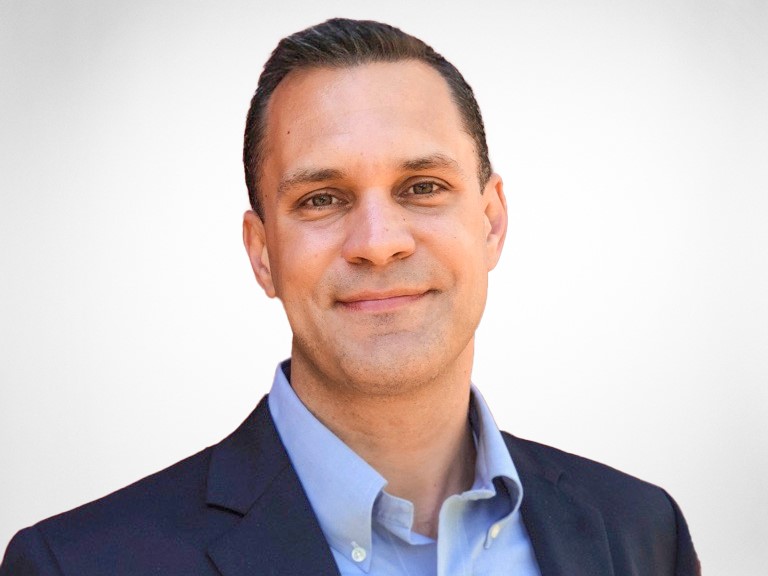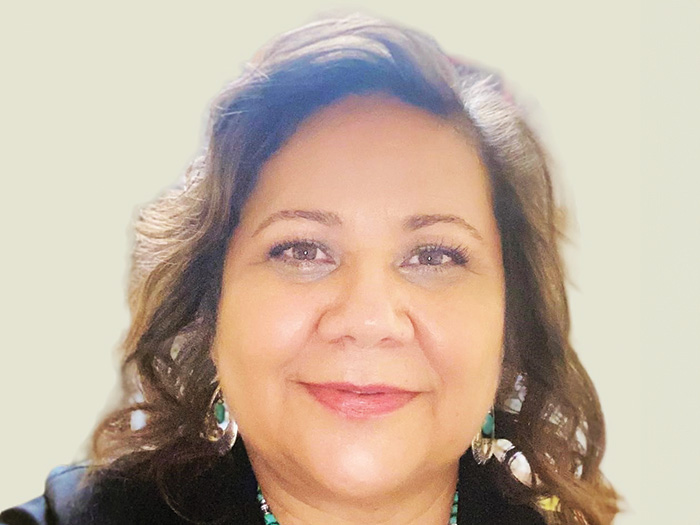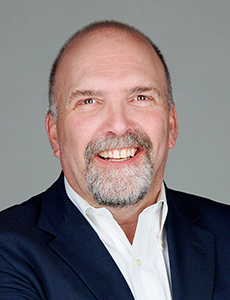A&E Insurance Market Grows Amid Rising Risks, Claims Costs

The professional liability insurance market for architects and engineers experienced its fourth consecutive year of premium growth in 2024, though at more modest levels than in previous years, as insurers navigate persistent challenges from economic and social inflation driving up claim costs, according to a market survey from broker Ames & Gough.
According to the survey of 17 leading A&E insurers, the industry faces mounting concerns about claim severity, with 53% of insurers reporting higher claim severity in 2024 compared to 41% in 2023. As design firms increasingly adopt AI-driven solutions, insurers are also carefully monitoring these developments, with 76% indicating they are watching how AI utilization might impact future claims.
Market Growth Patterns
The A&E insurance market experienced its fourth consecutive year of premium expansion in 2024, though at more moderate levels than in previous years. According to the survey, 82% of insurers reported premium growth in 2024, while 6% saw flat levels and 12% witnessed a decrease.
Among the 14 insurers reporting premium growth, nearly 29% had growth of 11-15%, the same percentage grew by 6-10%, and 43% grew by up to 5 percent. This represents a notable shift from the prior year when more than half of insurers saw double-digit percentage increases, according to the survey report.
The insurers experiencing growth attributed their gains primarily to increased billings from policyholders (92%), new policies written (86%), higher premium rates (64%), and clients purchasing higher limits (64%).
Of the 17 A&E insurers surveyed, 13 raised their rates in 2024 due to persistently deteriorating claims experience and heightened risks. Among these, an overwhelming majority (85%) opted for modest increases of up to 5%, while one insurer implemented rate hikes of 6-10% and another exceeded 10%, according to Ames & Gough.
Rate Increase Factors
The persistent impact of both economic and social inflation continues to shape the insurance landscape. Economic inflation has led to higher raw material, legal defense, and administrative costs, directly affecting claim expenses, the survey report noted. Simultaneously, social inflation has emboldened plaintiff attorneys to negotiate more aggressively for higher settlements or take matters to trial.
These inflationary pressures have prompted insurers to focus on rate adequacy and risk management. One insurer estimated the annual inflation of claims costs to be between 3-5%. To mitigate these effects, insurers are encouraging timely claim reporting and improved contract hygiene among their clients, according to Ames & Gough.
Looking ahead to 2025, 71% of insurers are seeking further rate increases, while 24% plan to keep rates flat and one insurer expects to reduce rates. As in previous years, 67% of insurers plan to target rate increases for accounts with adverse loss experience, while 42% will focus on accounts with high-risk projects or disciplines, the survey found.
Evolving Risk Landscape
The severity of claims continues to escalate, triggering heightened concerns for most insurers surveyed. Among the insurers surveyed, 53% experienced higher claim severity in 2024, an increase over 2023 when 41% saw higher claims severity. Meanwhile, only 12% of the insurers reported lower severity in 2024.
Insurers are seeing more multimillion-dollar claims. When asked to reveal the amount of their largest single A&E professional liability claim payout in 2024, 82% of the insurers reported paying a claim of between $1 million to $4.9 million and 12% paid a claim of up to $1 million. Only one insurer reported paying a claim of $5 million or more, and that claim exceeded $20 million, according to the report.
Factors underlying claim severity include increased expense costs, cited by nearly half (47%) of insurers, while 12% pointed to certain project types as contributing to their deteriorating loss experience. Other factors impacting severity include bodily injury claims, plaintiff attorneys’ demand for higher settlement amounts, project delays, and cost overruns.
When asked to list the top three disciplines in terms of high claim severity, a majority (70%) of the insurers cited structural engineering and the same percentage pinpointed architecture. Civil engineering was cited by 59%, the survey showed.
Meanwhile, 59% of the insurers surveyed considered architecture as having the greatest claim frequency, followed by civil engineering (53%) and structural engineering and mechanical engineering (both cited by 47%).
Emerging Challenges
As the A&E insurance market evolves, new risks are emerging that demand attention. The implementation of AI in design processes presents a double-edged sword, according to Ames & Gough. While AI offers potential efficiency gains, it also introduces new vulnerabilities. Industry experts express concern about the possibility of outdated or incorrect designs being pulled from AI libraries, potentially leading to repetitive errors or code violations. To mitigate these risks, firms are urged to establish robust guidelines and validation protocols for AI usage.
“Given the widespread potential of AI-related applications, it’s no surprise that insurers are being cautious,” said Jared Maxwell, vice president and partner, Ames & Gough and author of the survey. “As design firms look for ways to leverage the exciting new opportunities presented by AI, they need to be vigilant in their assessment of related issues, such as algorithmic errors or unintended design flaws, and implement robust safeguards and quality control measures.”
Mergers and acquisitions (M&A) activity in the A/E sector is another area of growing concern. The rapid pace of these transactions, particularly those involving private equity firms, can lead to challenges in integrating quality standards and risk management practices. Insurers are closely monitoring how these combinations affect client relationships and claim activity post-merger. As a result, acquiring firms may face increased scrutiny and more rigorous underwriting processes to assess the risk profiles of newly combined entities.
Insurance Coverage Adaptations
The A&E insurance market is responding to evolving risks with expanded availability of higher liability limits. Although all surveyed insurers stated there has been no change in their availability of professional liability limits year-over-year, more than half (53%) can now provide limits exceeding $5 million, an increase over 2024 when only 40% were willing to offer such limits, according to the report.
This year, 29% can offer limits of up to $10 million; 6%, up to $15 million; 6%, up to $20 million; and 12% can offer limits of $25 million or above.
“Even though some insurers can offer higher limits, they still apply greater underwriting scrutiny to these requests,” said Jared Maxwell, vice president and partner, Ames & Gough and author of the survey. “When faced with these requirements, design firms should try negotiating with owners to ascertain that higher limits are warranted. If so, they might consider alternative structures, such as specific additional limits endorsements/project excess or try building layers with multiple insurers.”
Obtain the full report by emailing [email protected]. &










